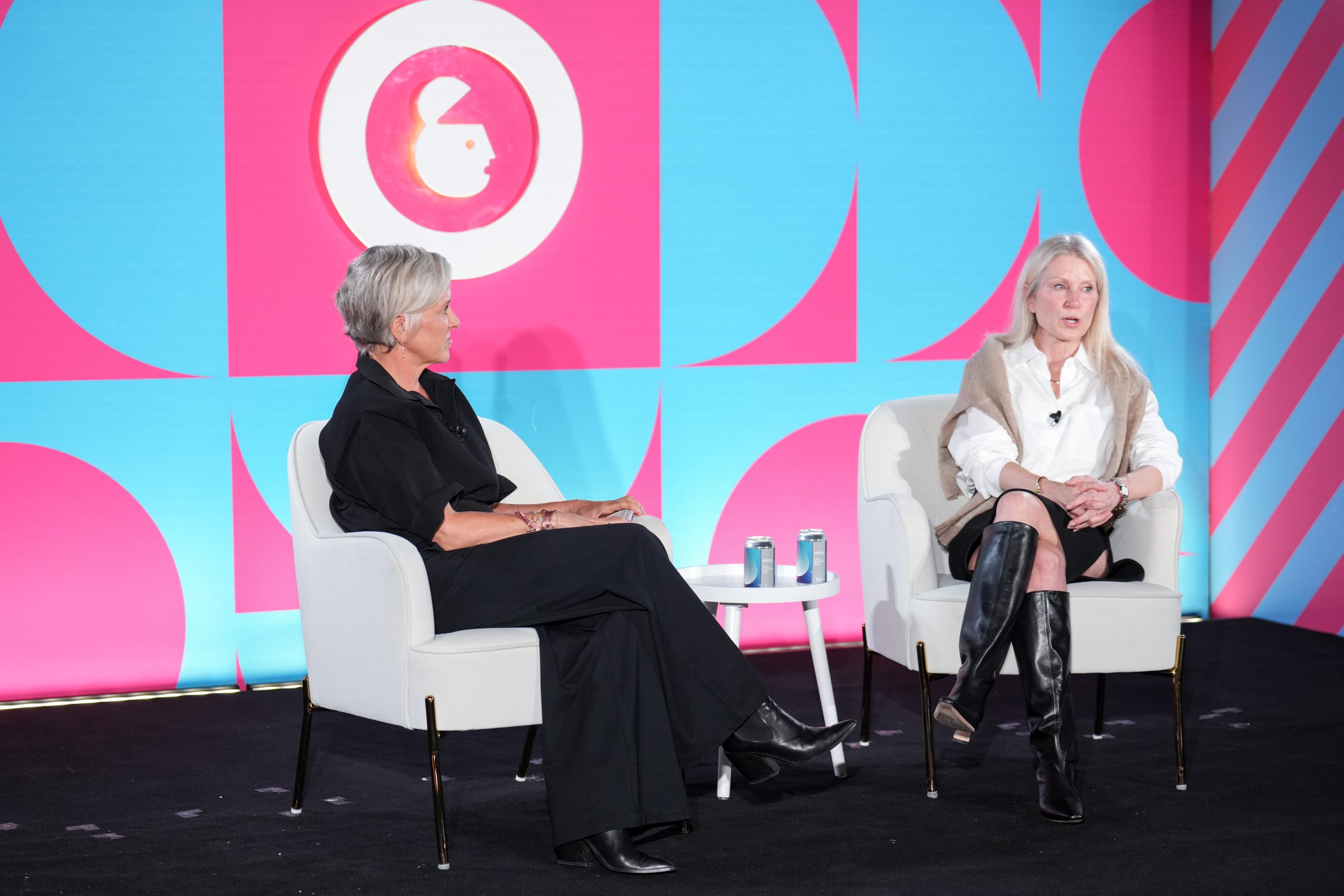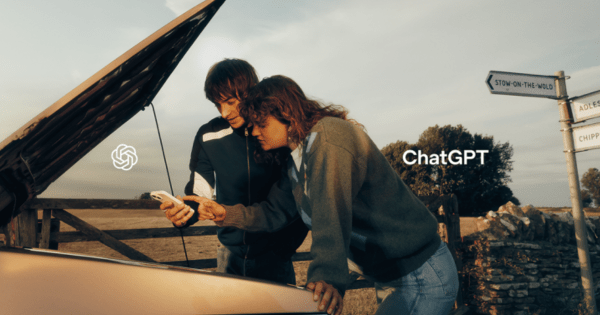General Motors Embraces AI to Transform Marketing
At Advertising Week 2025, General Motors (GM) showcased its bold foray into artificial intelligence (AI) within its global marketing strategy. The automotive giant is leveraging cutting-edge AI tools to elevate campaign efficiency, personalize customer experiences, and enhance brand storytelling. The discussion featured Molly Peck, GM’s Executive Director of Global Marketing Excellence, alongside Deborah Heslip, Global Chief Client Officer at Monks, the agency collaborating with GM on these initiatives.
Peck emphasized GM’s commitment to embracing AI not just as a buzzword, but as a transformative tool that is reshaping how the company connects with consumers. “We see AI as an enabler of creativity, not a replacement,” she said. “It lets us deliver the right message at the right time with greater precision.”
Strategic Alliance Between GM and Monks
GM’s partnership with Monks signals a strategic alignment rooted in innovation and agility. Heslip highlighted how the agency’s expertise in data-driven marketing and digital production complements GM’s vision. “We’re not just implementing AI—we’re rethinking the creative process,” she stated. “Our collaboration with GM is centered around building scalable content that resonates deeply with audiences across markets.”
The alliance aims to streamline creative production, enabling GM to produce thousands of content variations tailored to different customer segments. This is particularly critical for a brand with a global footprint and diverse product lineup.
AI-Powered Personalization at Scale
One of the core components of GM’s AI strategy is personalization. By harnessing machine learning algorithms, the company is able to analyze vast datasets to understand consumer behavior and preferences. This allows for hyper-targeted messaging that adapts in real time.
“Imagine a customer seeing an ad that not only reflects their interests but also adapts based on their interactions,” said Peck. “That’s the power of AI. It enables us to create marketing that feels personal, not generic.”
According to Heslip, Monks has been instrumental in building the infrastructure that supports this level of customization. Their proprietary tools and AI models allow for rapid content iteration without sacrificing brand consistency.
Creative Process Reimagined with AI
GM’s marketing teams are now working in closer collaboration with AI tools, viewing them as creative partners. These tools assist with everything from copywriting and design to media planning and performance analysis. The result is a faster, more efficient workflow that empowers teams to focus on strategy and storytelling.
“We’re seeing a shift where AI is helping us explore creative possibilities we couldn’t imagine before,” Peck noted. “It’s not about replacing human creativity—it’s about augmenting it.”
Heslip added that the collaboration has led to a culture shift within both organizations. “There’s a renewed energy. Teams are more experimental, more willing to test and learn. That’s where real innovation happens.”
Future Outlook and Industry Implications
Looking ahead, GM and Monks plan to expand their AI capabilities, exploring generative AI for content creation and predictive analytics for campaign forecasting. The partnership is also focused on ethical AI usage, ensuring transparency and data privacy remain top priorities.
Peck believes that the industry is at a pivotal moment. “AI will redefine marketing in the next five years,” she said. “Brands that invest today will be the ones leading tomorrow.”
Heslip agrees, noting that the agency landscape is evolving rapidly. “Clients are looking for partners who understand how to merge creativity with technology. That’s where Monks and GM are ahead of the curve.”
Conclusion
As GM continues to innovate in the automotive space, its marketing transformation through AI stands as a testament to the company’s forward-thinking approach. With Monks as a key partner, GM is setting a new standard for what’s possible when technology and creativity converge.
This article is inspired by content from Original Source. It has been rephrased for originality. Images are credited to the original source.





